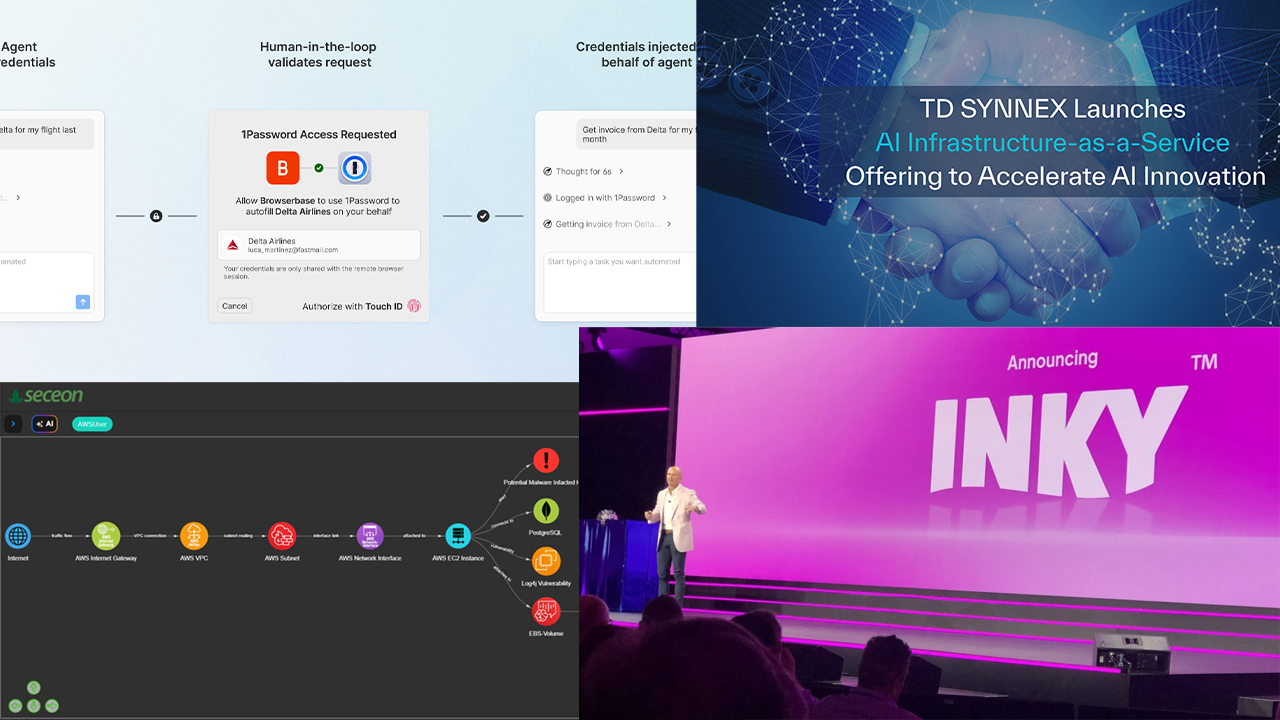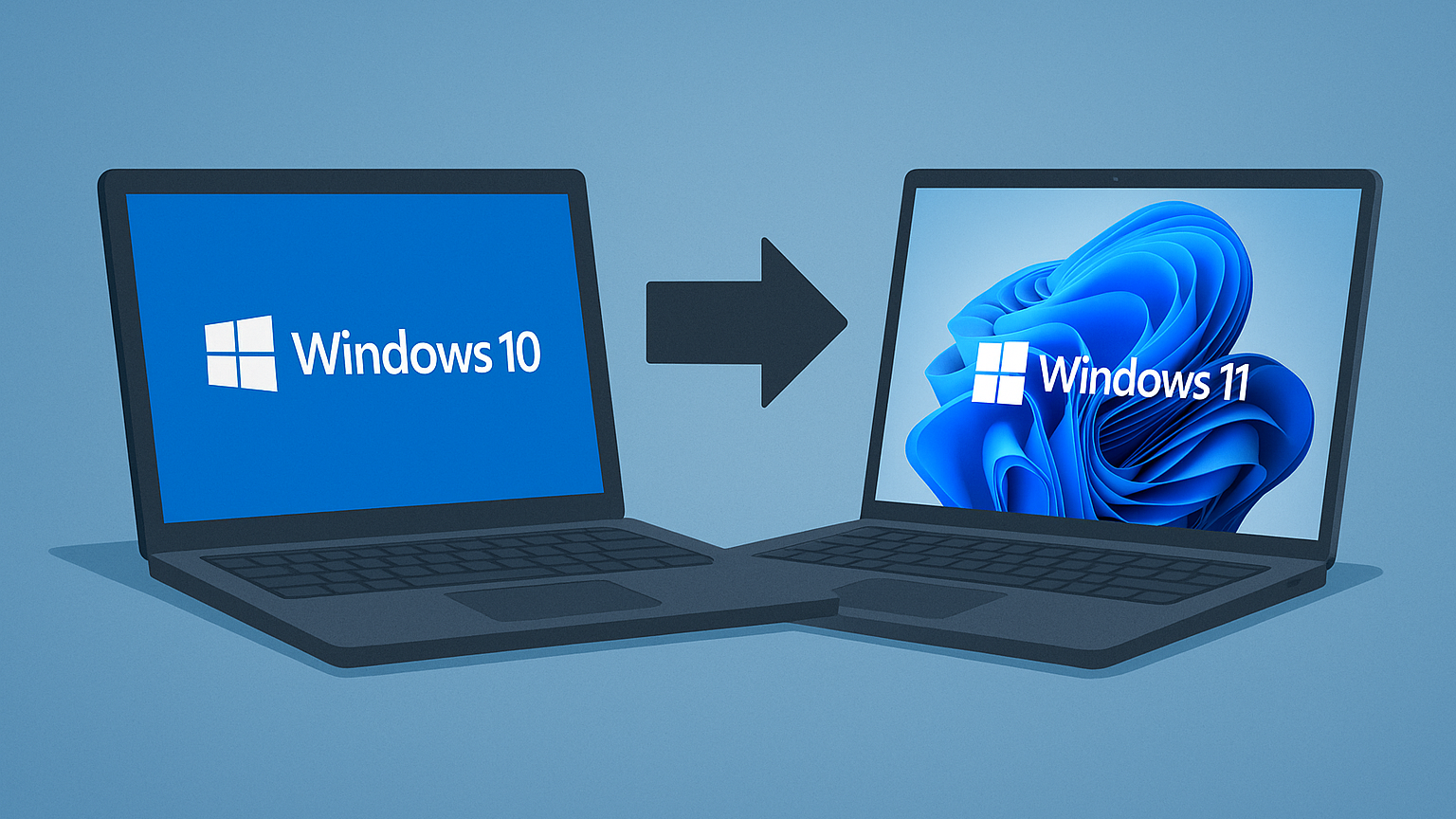It’s an unpredictable and challenging time for businesses. Inflation is at historic levels, reaching 8.3% in August 2022. In addition, a Bloomberg study found that the probability of a recession in the next 12 months is 47.5%.
As businesses prepare for potential economic headwinds, many leaders are reevaluating IT investments, expenditures, and digital transformation strategies. Seventy percent of organizations have a digital transformation strategy in place or are creating one, with 56% prioritizing their IT plans over the next year.
However, as companies juggle recession fears, inflation, pandemic-induced supply chain issues, and lower valuations, it’s imperative to mitigate the potential impacts of an economic downturn. Now’s the time for managed service providers and IT leaders to advise businesses on how to optimize IT investments and cloud spending to set themselves up for success, no matter what the future brings.
Current Challenges
There are many factors they need to consider, such as costs, investments, and operational impacts. They will be asking, How much will it cost to migrate applications to the cloud? When should we invest in new technology? How will optimizing cloud services impact business operations and growth? How should we consolidate our cloud environments with minimum investment and a better ROI?
According to recent research, cloud adoption is still picking up speed. Around 48% of companies plan to move at least half of their applications to the cloud by the end of 2022, with 20% planning on migrating all applications. In addition, 47% of organizations say they are now pursuing a “cloud-first” IT strategy, and 30% claim their companies are already completely cloud native.
Despite this quick adoption, an estimated one-third of companies‘ cloud spending goes to waste from rushing in without a proper strategy or weighing options. During economic uncertainty, MSPs and IT leaders rethinking cloud operations must consider all possibilities to align a company’s cloud spending with business goals.
Consider the Options
While every organization has different IT and cloud needs, here are a few options to consider:
Monitor industry changes. According to IDC, 77% of CIOs believe we’ll soon face at least a year-long recession. Amid such fears, 63% of CIOs indicate they will either make targeted reductions in IT spending or reduce overall budgets. However, many organizations are continuing to invest in IT projects to support business initiatives. As service demands soften or ramp up, IT leaders and MSPs should reevaluate their technology needs. For example, if a company sees a decline in service needs, it might want to dial back cloud services to cut costs. Or, if cloud adoption in certain office locations is declining, consolidation can help lower expenses. It is important to monitor the adoption of new technology and phase out old technology to remain complaint with security, policies, etc.
Review cloud spending. Seventy percent of companies using cloud services plan to increase their budgets in the near future. However, businesses struggled this past year to rein in cloud spending, overshooting their budgets by an average of 24%. They may want to consider consolidation and migration to more affordable solutions.
Explore investment in new technology. According to the Department of Labor, inflation caused a steep year-over-year price hike for host computers and servers, with a 21% surge over pricing in June 2021. Additionally, the industry is seeing a 4.7% price increase for computer storage devices.
If a company has the financial means, now may be the time to invest in new technology, especially as some common cloud platforms increase their prices by as much as 50%. With experts predicting inflation continuing to rise into 2023, some IT and cloud solutions might be less expensive today than tomorrow.
Effectively implement cloud services. Cloud migration can be costly. In fact, 75% of data teams believe that outdated migration and maintenance processes cost their organizations time, productivity, and money—up to $43.5 million. If MSPs and IT leaders need to migrate data, they must ensure they have the right solutions and support to do it effectively. If not, they risk wasting valuable time, funds, and resources.
Act Now
Ninety-three percent of IT industry leaders plan to adopt new cloud technology within the next five years. However, 61% of businesses plan to optimize cloud costs over the next 12 months. As recession uncertainty and inflation continue, now is the time for MSPs and IT leaders to help businesses reevaluate their IT investments and cloud spending. Acting now ensures they are ready to handle any obstacle that comes their way.
TOSIN VAITHILINGAM is a senior solution architect at BitTitan, where he works on the customer success team dedicated to providing customers with essential migration services such as project scoping, planning, and proof-of-concept. Tosin works closely with BitTitan’s customers to identify their migration needs, address complexities, and develop effective migration plans. His areas of expertise include migrations, solution architecture, mobile device management (MDM), system/server installations and technology sales.














